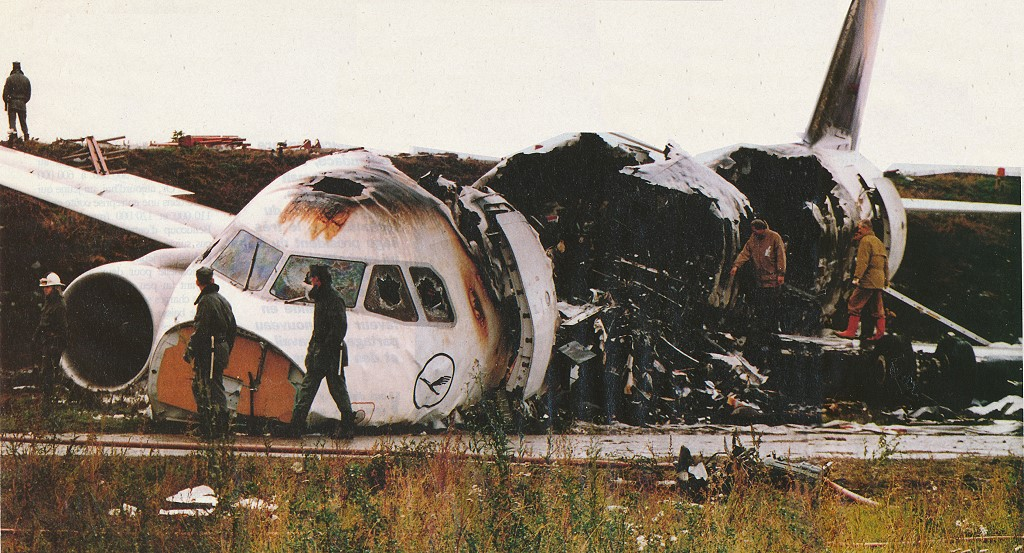This is the first in a new series of blog posts on Principles of Software Safety Assurance. In it, we look at the 4+1 principles that underlie all software safety standards.
We outline common software safety assurance principles that are evident in software safety standards and best practices. You can think of these guidelines as the unchanging foundation of any software safety argument because they hold across projects and domains.
The principles serve as a guide for cross-sector certification and aid in maintaining comprehension of the “big picture” of software safety issues while evaluating and negotiating the specifics of individual standards.
In this first of six blog posts, we introduce the subject and the First Principle.
Why Software Safety Principles?
I’ve been involved with industrial-scale software projects since 1994, and the concept of ‘principles’ is valuable for two reasons.
First, many technical people like detail and quickly bypass concepts to get to get to their comfort zone. This means that we often neglect the ‘big picture’ and are uncomfortable making high-level judgments. In turn, this makes it difficult for us to explain or justify our choices to management or other stakeholders.
The second reason is similar to the first. In the guts of a standard, we can think in terms of compliance with detailed requirements and our choices become simple – black and white. This is easy, but it does not equip us to choose between standards or help us to argue that an alternative means of compliance is valid. Thus, ‘Is this good enough?’ is not a question that we find easy to answer.
Introduction
Software assurance standards have increased in number along with the use of software in safety-critical applications. There are now several software standards, including the cross-domain ‘functional safety’ standard IEC 61508, the avionics standard DO-178B/C, the railway application CENELEC-50128, and the automotive application ISO26262. (The last two are derivatives of IEC 61508.)
Unfortunately, there are significant discrepancies in vocabulary, concepts, requirements, and suggestions among these standards. It could seem like there is no way out of this.
However, the common software safety assurance principles that can be observed from both these standards and best practices are few (and manageable). These concepts are presented here together with their justification and an explanation of how they relate to current standards.
These ideas serve as the unchanging foundation of any software safety argument since they hold across projects and domains. Of course, accepting these principles does not exempt one from adhering to domain-specific norms. However, they:
- Provide a reference model for cross-sector certification; and
- Aid in maintaining comprehension of the “big picture” of software safety issues;
- While analyzing and negotiating the specifics of individual standards.
Software Safety Principles
Principle 1: Requirements Validity
The first software safety assurance principle is:
Principle 1: Software safety requirements shall be defined to address the software contribution to system hazards.
‘The Principles of Software Safety Assurance’, RD Hawkins, I Habli & TP Kelly, University of York.
The evaluation and reduction of risks are crucial to the design of safety-critical systems. When specific environmental factors come into play, system-level dangers like unintentional braking release in cars and the absence of stall warnings in aircraft can result in accidents. Although conceptual, software can implement system control or monitoring features that increase these risks (e.g. software implementing antilock braking or aircraft warning functions).
Typically, the system safety assessment process uses safety analysis methodologies like Fault Tree Analysis or Hazard and Operability (HAZOP) Studies to pinpoint how software, along with other components like sensors, actuators, or power sources, can contribute to risks. The results of these methodologies ought to influence the formulation of safety requirements and their distribution among software components.
It is crucial for us to remember that software is now considered a black box, utilized to enable specific functions, and with limited visibility into how these functions are implemented. The risk from some system hazards can rise to unacceptable levels if hazardous software failures are not identified and suitable safety standards are not defined and applied.

Examples of software requirements not being adequately defined – and the effects thereof – were reported by the US Federal Drug Authority (FDA).
Simply put, software is a fundamental enabling technology employed in safety-critical systems. Assessing how software might increase system risks should be a crucial component of the overall system safety process. We define safety standards to minimize hazardous software contributions that are discovered in a safety process, which addresses these contributions.
These contributions must be described in a clear and testable way, namely by identifying the exact types of software failures that can result in risks. If not, we run the risk of creating generic software safety requirements—or even just correctness requirements—that don’t take into account the specific hazardous failure modes that have an impact on the system’s safety.
Principles of Software Safety Assurance: End of Part 1 (of 6)
I based this blog post on the paper ‘The Principles of Software Safety Assurance’, RD Hawkins, I Habli & TP Kelly, University of York. The original paper is available for free here. I learned safety engineering from Tim Kelly, and others, at the University of York. I am so glad that I can share their valuable work in a more accessible format.
My name’s Simon Di Nucci. I’m a practicing system safety engineer, and I have been, for the last 25 years; I’ve worked in all kinds of domains, aircraft, ships, submarines, sensors, and command and control systems, and some work on rail air traffic management systems, and lots of software safety. So, I’ve done a lot of different things!

Principles of Software Safety Training
Learn more about this subject in my course ‘Principles of Safe Software’ here. The next post in the series is here.
My course on Udemy, ‘Principles of Software Safety Standards’ is a cut-down version of the full Principles Course. Nevertheless, it still scores 4.42 out of 5.00 and attracts comments like:
- “It gives me an idea of standards as to how they are developed and the downward pyramid model of it.” 4* Niveditha V.
- “This was really good course for starting the software safety standareds, comparing and reviewing strengths and weakness of them. Loved the how he try to fit each standared with4+1 principles. Highly recommend to anyone that want get into software safety.” 4.5* Amila R.
- “The information provides a good overview. Perfect for someone like me who has worked with the standards but did not necessarily understand how the framework works.” 5* Mahesh Koonath V.
- “Really good overview of key software standards and their strengths and weaknesses against the 4+1 Safety Principles.” 4.5* Ann H.





